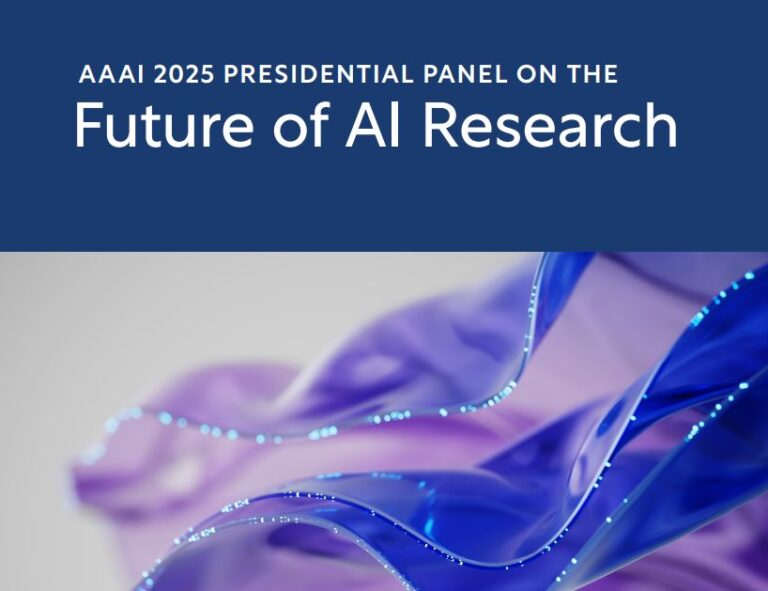AI Tools for Generating Synthetic Speech in Language Learning Apps: Transforming the Way We Learn Languages
In the rapidly evolving landscape of language learning, technology has become a cornerstone for making education more accessible, engaging, and effective. One of the most significant advancements in this field is the integration of AI-generated synthetic speech, which is revolutionizing how learners practice pronunciation, conversational skills, and listening comprehension. Traditional language learning methods often rely on pre-recorded audio or native speakers, but these approaches can be limited by cost, scalability, and consistency. Enter artificial intelligence: a game-changer that empowers language apps to create realistic, customizable, and interactive speech solutions.
The Rise of AI in Language Learning
Language learning apps like Duolingo, Babbel, and Rosetta Stone have long used audio to teach vocabulary, grammar, and pronunciation. However, static audio clips or human-recorded content can lack personalization and adaptability. AI-powered text-to-speech (TTS) tools now bridge this gap by generating lifelike voices that mimic human intonation, rhythm, and emotion. These tools leverage neural networks and machine learning algorithms to convert written text into natural-sounding speech, making language practice more dynamic and responsive to individual needs.
How AI Synthetic Speech Works
Modern AI speech generation relies on two key technologies:
-
- Neural Text-to-Speech (TTS): Systems like Google’s WaveNet or Amazon’s Polly use deep learning models to analyze vast datasets of human speech, capturing nuances such as pitch, tone, and cadence. These models generate audio that sounds remarkably human, often indistinguishable from real voices.
-
- Voice Cloning and Personalization: Advanced tools like Eleven Labs or Resemble AI can replicate specific voices or accents by training on a few samples. This allows learners to practice with a tutor’s voice or even their own, fostering familiarity and confidence.
By combining these techniques, AI can produce speech that adapts to a learner’s progress, offering real-time feedback and interactive conversations.
Benefits of Synthetic Speech for Language Learning
-
- Personalization at Scale
AI tools enable tailored learning experiences. For example, apps can adjust speech speed, accent, or complexity based on a user’s proficiency level. Learners can practice with voices that match their target language’s regional dialects, ensuring cultural relevance.
- Personalization at Scale
-
- Cost-Effectiveness and Accessibility
Traditional voice recording for language apps is expensive and time-consuming. AI synthetic speech eliminates the need for human vocalists, reducing costs and allowing apps to offer multilingual support without geographical constraints. This democratizes access to language education for users worldwide.
- Cost-Effectiveness and Accessibility
-
- 24/7 Availability and Interactivity
Unlike human instructors, AI-generated speech is always available. Language apps can simulate real-time conversations, enabling learners to practice dialogue, role-play scenarios, or receive instant pronunciation corrections.
- 24/7 Availability and Interactivity
-
- Consistency and Precision
Synthetic speech ensures consistent pronunciation and grammar, which is critical for beginners. It also allows for precise adjustments, such as emphasizing certain sounds or repeating phrases until mastery is achieved.
- Consistency and Precision
Leading AI Tools in the Market
Several AI-driven TTS platforms are making waves in language learning:
-
- Google Text-to-Speech (GTT): Known for its natural intonation and support for over 100 languages, GTT is widely used in apps like Duolingo.
-
- Amazon Polly: Offers a range of realistic voices and supports multiple languages, ideal for creating interactive learning content.
-
- Microsoft Azure Cognitive Services: Provides customizable voices and emotion-based speech synthesis, enhancing engagement.
-
- Eleven Labs and Resemble AI: Specialize in voice cloning, allowing apps to generate personalized voices for immersive experiences.
-
- Ando: A language app that uses AI to create interactive dialogues, enabling learners to practice speaking with virtual characters.
These tools are not just about generating sound; they’re about creating smarter, more adaptive learning environments.
Enhancing User Experience Through AI Speech
Synthetic speech is more than a technical feat—it’s a user experience booster. For instance:
-
- Pronunciation Feedback: AI can compare a learner’s speech to synthetic models, highlighting discrepancies in tone or rhythm.
-
- Conversational Practice: Apps like Mondly or Preply use AI to simulate real conversations, letting users practice with generated voices in various contexts.
-
- Cultural Nuances: By training on diverse speech datasets, AI can incorporate regional accents, slang, and idioms, helping learners understand cultural subtleties.
Challenges and Considerations
While AI synthetic speech offers immense potential, challenges remain:
-
- Data Quality: The accuracy of AI voices depends on the diversity and quality of training data. Biases in datasets can lead to less accurate representations of certain accents or dialects.
-
- Emotional Nuance: Capturing the emotional depth of human speech (e.g., sarcasm, excitement) is still a hurdle for many models.
-
- Ethical Concerns: Voice cloning raises issues around consent and misuse (e.g., deepfake technology). Developers must prioritize transparency and security.
The Future of AI in Language Learning
The future looks promising as AI continues to evolve:
-
- Hyper-Realistic Voices: Advances in models like Tacotron 2 and WaveGlow are making synthetic speech even more human-like.
-
- Multilingual and Low-Resource Languages: AI is expanding support for underrepresented languages, thanks to techniques like transfer learning and data augmentation.
-
- Integration with AR/VR: Imagine practicing a conversation in a virtual marketplace in Tokyo or Paris, with AI voices creating an immersive environment.
-
- Adaptive Learning: Future tools could analyze a learner’s speech patterns and adjust their synthetic voice to match their progress, creating a more interactive tutor.
Conclusion
AI-generated synthetic speech is reshaping language learning by making it more personalized, accessible, and engaging. While challenges like data bias and ethical concerns persist, the technology’s potential to democratize education and enhance user interaction is undeniable. As AI continues to advance, we can expect even more innovative tools that bridge the gap between human and machine, making language learning an immersive and efficient journey for everyone.
For developers, the key lies in balancing technical innovation with cultural sensitivity and ethical responsibility. For learners, the future holds endless opportunities to practice, connect, and grow in their language skills—all powered by the magic of artificial intelligence.







